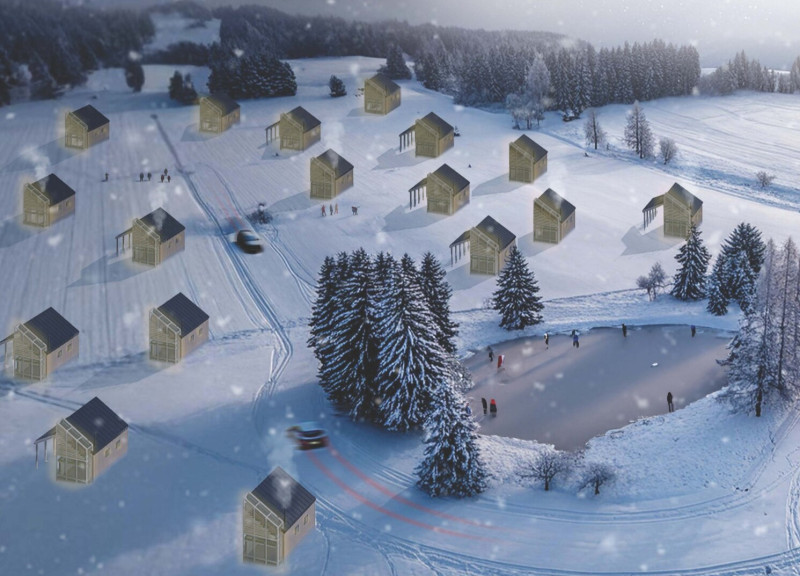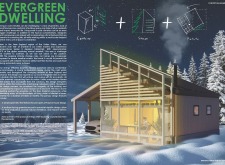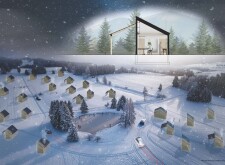5 key facts about this project
### Project Overview
**Location:** [Insert Geographical Location]
**Architect(s):** [Insert Architect Firm/Architects' Names]
**Completion Date:** [Insert Date]
**Type of Project:** [Residential/Commercial/Institutional/Urban Design, etc.]
The design represents an engagement with the local context, emphasizing a synthesis of modern architectural practices and the surrounding environment. It aims to enhance community interaction while addressing contemporary design challenges, such as sustainability and usability.
### Spatial Organization and User Experience
The layout of the project prioritizes functionality, featuring well-defined zones that cater to diverse activities. Spaces are interconnected to facilitate movement while providing areas for privacy and individual engagement. The design incorporates large openings to allow natural light to penetrate deeper into the interior, thereby promoting a connection between indoor and outdoor environments. This spatial strategy is intended to foster user comfort and interaction, contributing to a positive experience for occupants.
### Materiality and Sustainability
The material palette includes locally sourced materials such as [specify type of wood, stone, or other materials], emphasizing the project's commitment to sustainability. The use of these materials enhances thermal performance and reduces the environmental impact associated with transportation. Furthermore, the implementation of energy-efficient systems, including [mention specific technologies like solar panels or green roofs], supports the building's overall sustainability goals. This conscientious selection not only fulfills functional requirements but also reflects the cultural heritage of the region, reinforcing a sense of place.






















































